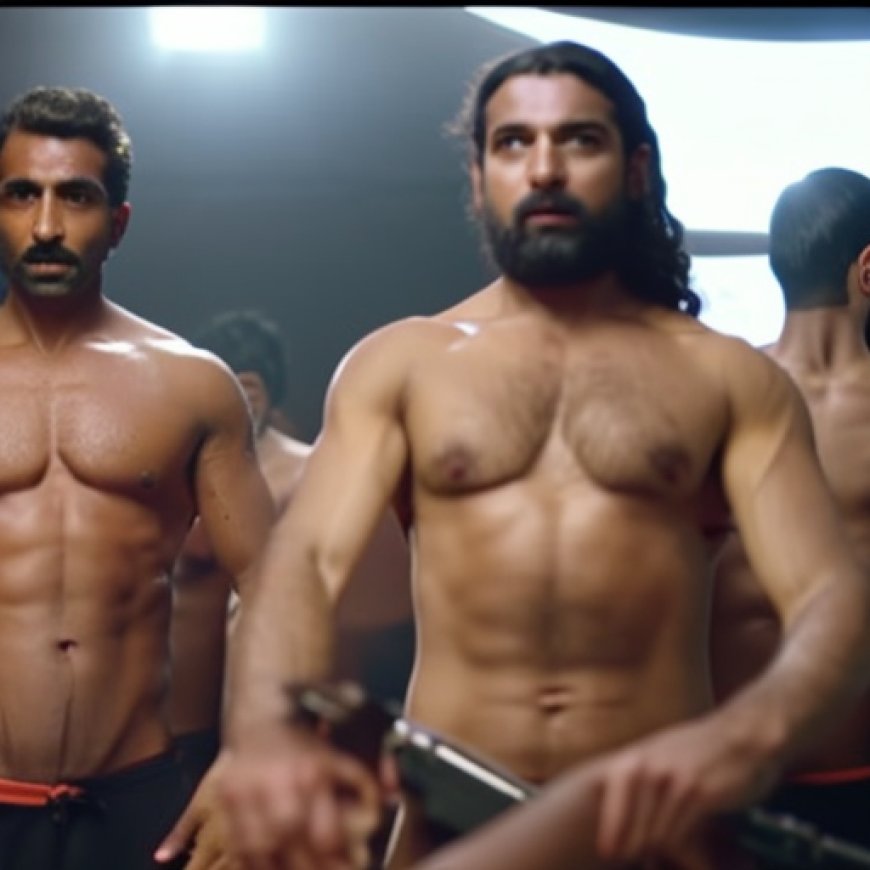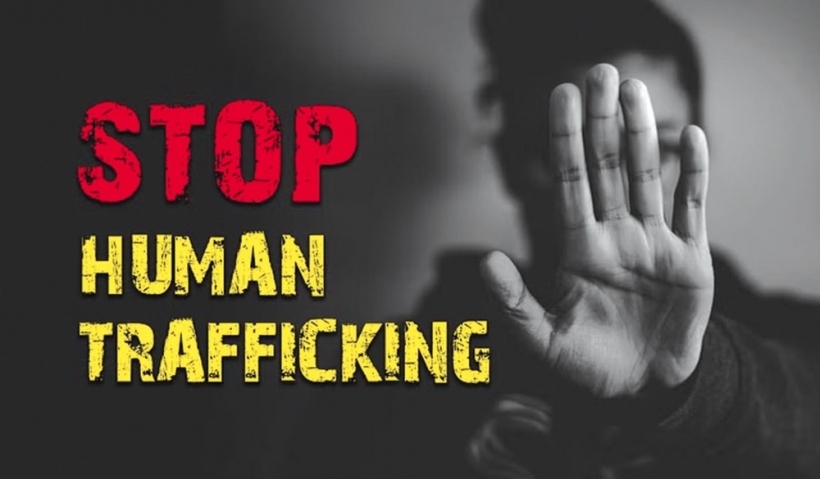Combating Human Trafficking in Goa by educating the future generation
Combating Human Trafficking in Goa by educating the future ... Herald Goa


22 Aug 2023 | 03:08am IST
Combating Human Trafficking in Goa by educating the future generation
Human trafficking is not just a social problem in Goa but across the whole world. One of the most disgraceful crimes, it takes away the dignity of the victim, especially children and young women. It affects the lives of millions of people and it is important that the young students are made aware of this crime

Team Café
Goa is undoubtedly a beautiful state of India with its rich flora and fauna and its buzzing nightlife that attracts tourists from all over the world to this favourite tourist destination. However, beneath the shiny lights, there is a dark shameful truth. With its status of a thriving tourist destination, there are vices that also follow very closely. The millions of tourists flocking to Goa every year are beneficial to the economy of the state and are the source of livelihood of many Goans but another ugly truth is that it has also leads to one of the most shameful crimes in the world, human trafficking.
Have you ever wondered how a young child wearing torn, ragged clothing, carrying another sleepy child on his hip, is begging for alms at the traffic signal? How did he/she land in Goa and where are their parents? Where do they disappear in the darkness of the night? They will refuse a packet of biscuits and will beg for money. They are all victims of human trafficking.
Human trafficking has ruined the lives of many people, especially women and children, who are being trafficked from many Indian states into Goa for sexual exploitation, labour, sale of organs etc. This is a well organised crime, and the numbers of those being trafficked are increasing every year. It is done through deception by taking people away from their safe environment, transported to unsafe environment so they can be exploited. Millions of people are trafficked because they have no access to education, health care or decent work. They face a lot of discrimination, violence and abuse. Anyone can be trafficked, especially the poor particularly the vulnerable. The traffickers prey their vulnerability by offering them good job, good salary, better living etc. Sadly, they never get that but fall into the trap of exploitation.
Women and girls are trafficked to Goa from different parts of India and even from other countries. Goa is not only a destination state but girls and women from Goa have also been victims of commercial sexual exploitation. They are victims of commercial sexual exploitation (CSE). Sex Trafficking is a criminal offense under the Immoral Trafficking Prevention (IPC) Act 1956 and Indian Penal Code (IPL) for minor victims (POCSO) Act 2012.
To create awareness about this crime of human trafficking and the role of different bodies that can help in the rehabilitation of the victims, it is important to reach out to the younger generation. Mukti Kiran, a NGO with the support and collaboration of MOG Foundation, has plans to make a difference to this situation in Goa, and for a start concentrating on the coastal belt of North Goa. Mukti Kiran believes that involving communities along with the police and enforcement agencies (court) to provide quality service to the victims can reduce the crime.
World Day of Trafficking
As World Day of Trafficking was observed on July 30, Mukti Kiran is organising an Inter Higher Secondary School debate on the topic, ‘Who Is responsible for tackling the Issue of Human Trafficking in Goa: The Police alone or the Police along with Civil Society?’ The day will be observed on August 25 at the Multi-Purpose Hall at Sanskruti Bhavan, Directorate of Art and Culture, Patto, Panjim from 9.30 am onwards.
Awareness Programme
The debate and poster competitions also received the registration of 25 higher secondary schools from North Goa which is very encouraging. There will be an awareness programme presented by Sayonara Telles Laad, President of the Children’s Court for the State of Goa.
“Human trafficking is a very serious crime and can be further damaging in Goa. It is more damaging than the environmental issues we are currently facing. That is the reason we thought of creating awareness among the younger generation. DGP Jaspal Singh will also be attending the programme. We were really surprised to receive this overwhelming number of registrations by higher secondary schools. The students were presented with two recent studies, ‘A Study on Human Trafficking in Vulnerable Districts in India, Goa, State Report by Tata Institute of Social Sciences, Mumbai in 2019’ and ‘Trafficking of Women & Children for Commercial Sexual Exploitation (CSE) in Goa, a Statistical Analysis (2014 TO 2019), prepared by Anyay Rahit Zindagi (ARZ) and supported by ECPAT, Luxembourg’, which they have studied well to present their arguments at the debate,” says Roshan Mathias, director of MOG Foundation.
He adds, “For the poster competition, each educational institute has to be represented by a single student. We also received the registration of a student from Sanjay Higher Secondary School, Porvorim. The programme is open to all.”
This is the second of many events that Mukti Kiran is taking up with the hope of creating greater awareness in civil society of what is happening in Goa, and being a part of the solution.
Combating Human Trafficking in Goa by educating the future generation
1. Which SDGs are addressed or connected to the issues highlighted in the article?
- SDG 4: Quality Education
- SDG 5: Gender Equality
- SDG 8: Decent Work and Economic Growth
- SDG 16: Peace, Justice, and Strong Institutions
- SDG 17: Partnerships for the Goals
2. What specific targets under those SDGs can be identified based on the article’s content?
- SDG 4.7: By 2030, ensure that all learners acquire the knowledge and skills needed to promote sustainable development, including through education for sustainable development and sustainable lifestyles.
- SDG 5.2: Eliminate all forms of violence against all women and girls in the public and private spheres, including trafficking and sexual and other types of exploitation.
- SDG 8.7: Take immediate and effective measures to eradicate forced labor, end modern slavery and human trafficking, and secure the prohibition and elimination of the worst forms of child labor, including recruitment and use of child soldiers, and by 2025 end child labor in all its forms.
- SDG 16.2: End abuse, exploitation, trafficking, and all forms of violence against and torture of children.
- SDG 17.17: Encourage and promote effective public, public-private, and civil society partnerships, building on the experience and resourcing strategies of partnerships.
3. Are there any indicators mentioned or implied in the article that can be used to measure progress towards the identified targets?
- Number of educational institutions participating in awareness programs and debates on human trafficking.
- Number of students studying and presenting arguments based on research studies on human trafficking.
- Number of registrations received for poster competitions on human trafficking.
- Presence of key stakeholders such as the Director General of Police (DGP) at awareness programs.
4. Table: SDGs, Targets, and Indicators
| SDGs | Targets | Indicators |
|---|---|---|
| SDG 4: Quality Education | 4.7: By 2030, ensure that all learners acquire the knowledge and skills needed to promote sustainable development, including through education for sustainable development and sustainable lifestyles. | – Number of educational institutions participating in awareness programs and debates on human trafficking. – Number of students studying and presenting arguments based on research studies on human trafficking. |
| SDG 5: Gender Equality | 5.2: Eliminate all forms of violence against all women and girls in the public and private spheres, including trafficking and sexual and other types of exploitation. | – Number of registrations received for poster competitions on human trafficking. |
| SDG 8: Decent Work and Economic Growth | 8.7: Take immediate and effective measures to eradicate forced labor, end modern slavery and human trafficking, and secure the prohibition and elimination of the worst forms of child labor, including recruitment and use of child soldiers, and by 2025 end child labor in all its forms. | – Presence of key stakeholders such as the Director General of Police (DGP) at awareness programs. |
| SDG 16: Peace, Justice, and Strong Institutions | 16.2: End abuse, exploitation, trafficking, and all forms of violence against and torture of children. | – Number of educational institutions participating in awareness programs and debates on human trafficking. – Presence of key stakeholders such as the Director General of Police (DGP) at awareness programs. |
| SDG 17: Partnerships for the Goals | 17.17: Encourage and promote effective public, public-private, and civil society partnerships, building on the experience and resourcing strategies of partnerships. | – Number of educational institutions participating in awareness programs and debates on human trafficking. |
Behold! This splendid article springs forth from the wellspring of knowledge, shaped by a wondrous proprietary AI technology that delved into a vast ocean of data, illuminating the path towards the Sustainable Development Goals. Remember that all rights are reserved by SDG Investors LLC, empowering us to champion progress together.
Source: heraldgoa.in

Join us, as fellow seekers of change, on a transformative journey at https://sdgtalks.ai/welcome, where you can become a member and actively contribute to shaping a brighter future.







